What is the Japanese ice hand rush? Hot hand flush with ice is a Japanese ice hand flush?
Professional coffee knowledge exchange more coffee bean information please follow the coffee workshop (Wechat official account cafe_style)
The weather is getting hot recently, so it's a good time to have a cup of iced coffee. If you want iced coffee but you don't have a curling kettle and you don't want to wait a day or two, have a Japanese ice hand. But what is the Japanese ice hand?
| | Japanese ice hand punch |
The so-called Japanese ice hand flushing, simply speaking, is to add ice to the sharing pot, brew it with hot water, and the coffee liquid drips on the ice to cool quickly to achieve a chilled effect.
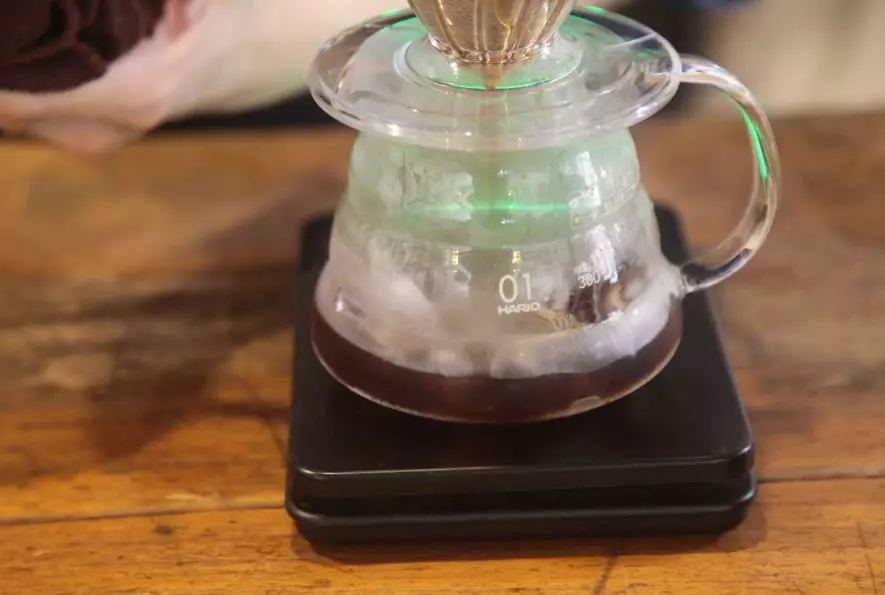
From this point of view, isn't Japanese ice hand flushing normal hot hand flushing with ice cubes? Is the ice hand really that simple? So let's follow this line of thinking and see what it would be like to cool with ice directly in the hot hand.
Today, the editor will first try the hot hand flushing made under different powder-to-water ratios: 1 Pyrone processing plant in Costa Rica is used for beans, because it is sun-treated, so that this bean will have a strong fermented wine flavor with obvious sweetness. used to make iced coffee will not be easy to be captured due to low temperature!
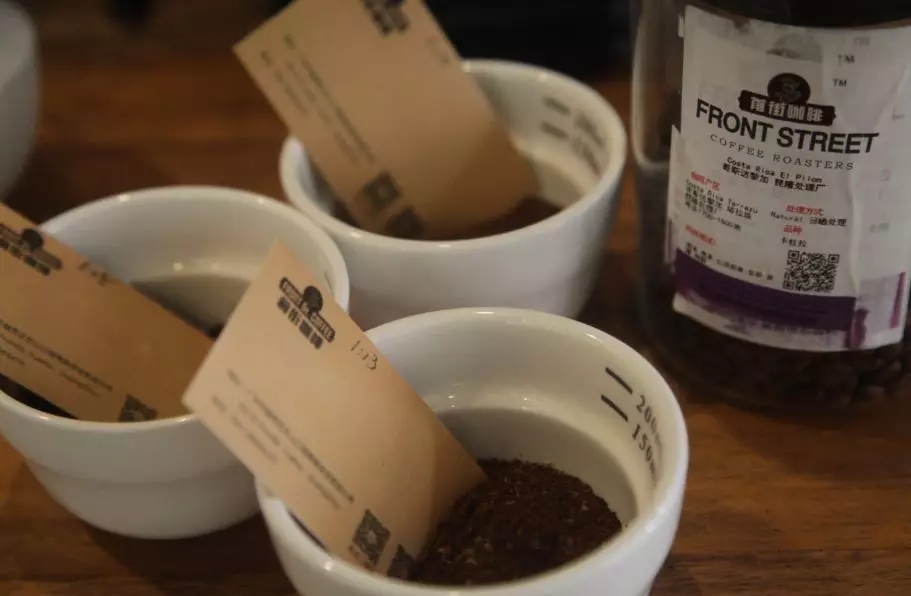
| | Bean information |
[Costa Rica Pillon processing Plant]
Country: Costa Rica
Producing area: Tarazhu
Altitude: 1700-1800m
Treatment: sun treatment
Grade: SHB
Variety: Kaddura, Kaduai
Baking degree: shallow and medium baking
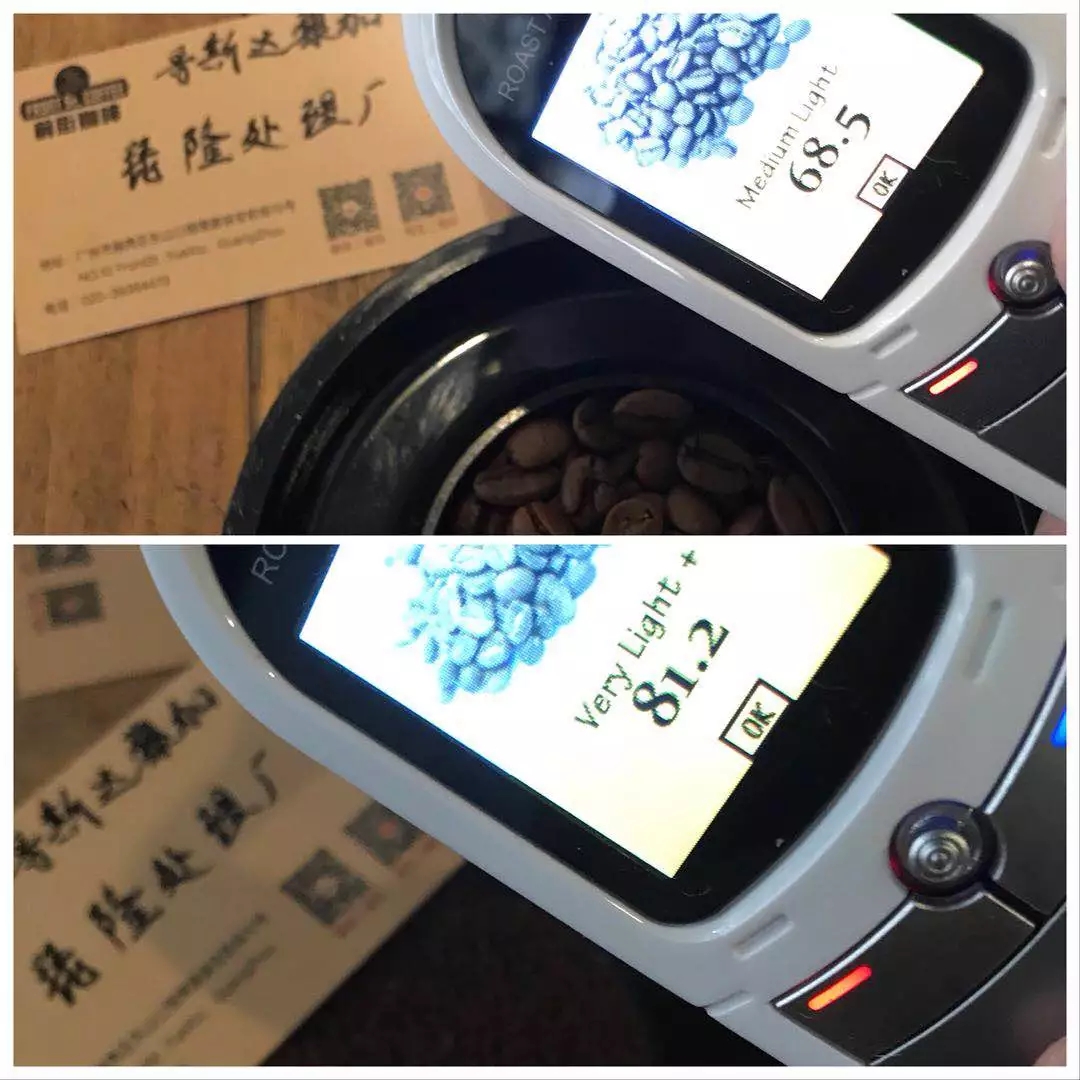
The Agrton bean color value is 68.5 (above), the Agrton pink value is 81.2 (bottom), and the Roast Delta value is 12.7.
This experiment just wanted to know what would happen to hot hand coffee with ice cubes, considering only the effects of powder-to-water ratio and concentration on the flavor of iced coffee, so the degree of grinding, water temperature, brewing methods and the amount of ice added in the sharing pot were basically the same. only the amount of water injected was changed.
Parameters: filter cup V60, 20g powder, grindability BG 5R (Chinese standard No. 20 sieve pass rate 58%), water temperature 90 ℃, add 100g ice in the kettle.
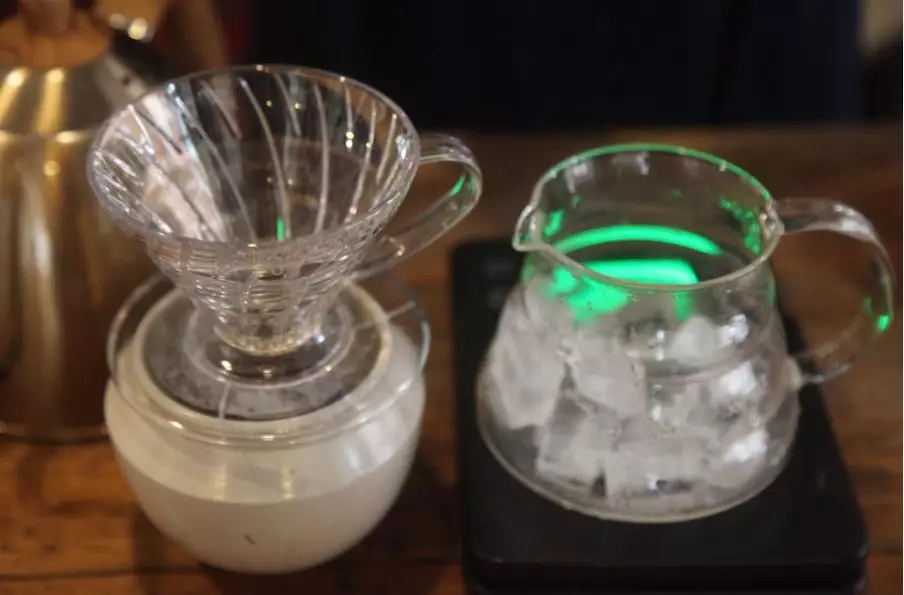
| | ratio of powder to water at 1:10 |
Technique: 41 grams of water steaming for 30 seconds, slow water injection to 119g, such as water level drop, about to expose the powder bed to continue water injection 209g end, the extraction time is 2:05.
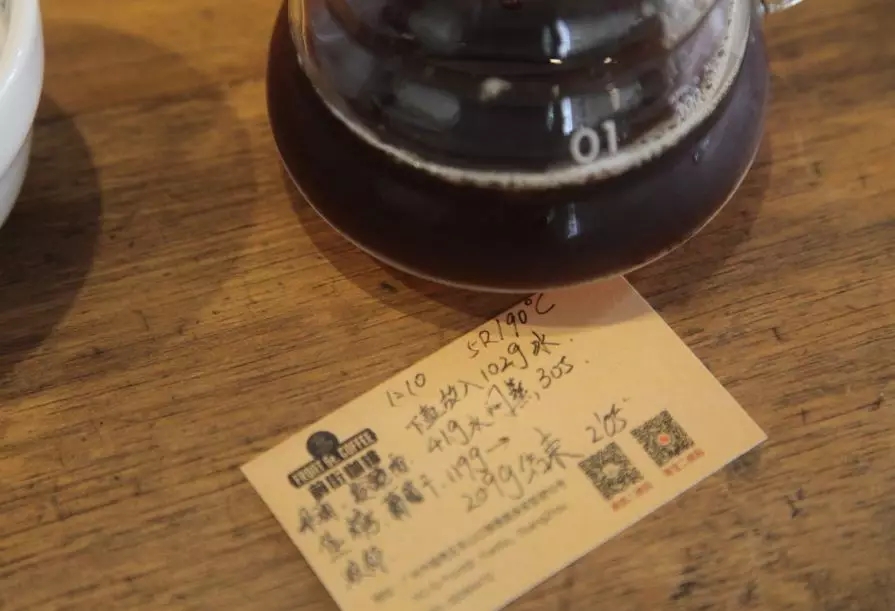
Flavor: the palate has the flavours of fruit wine, fermented aroma, caramel, raisin and rum; when the ice is completely melted, it has the flavor of rice wine, citrus, black tea, rice and grapefruit.
| | ratio of powder to water at 1:13 |
Technique: 40g of water is steamed for 30 seconds, slowly injected to 117g, and so the water level drops. When the powder bed is about to be exposed, the water injection ends at 258g. The extraction time is 2:15.
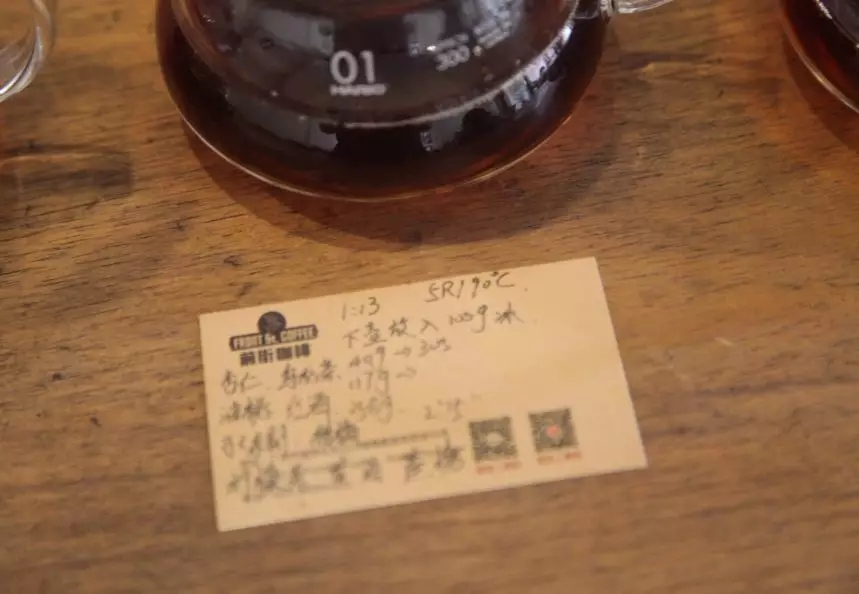
Flavor: taste of almonds, nectarines, yellow rice wine and oolong tea, citrus acid notes, lemon tea, cocoa aftertaste, sucrose.
| | ratio of powder to water at 1:15 |
Technique: 40g of water is steamed for 30 seconds, slowly injected to 125g, and so the water level drops. When the powder bed is about to be exposed, the end of water injection is 298g, and the extraction time is 2:20.
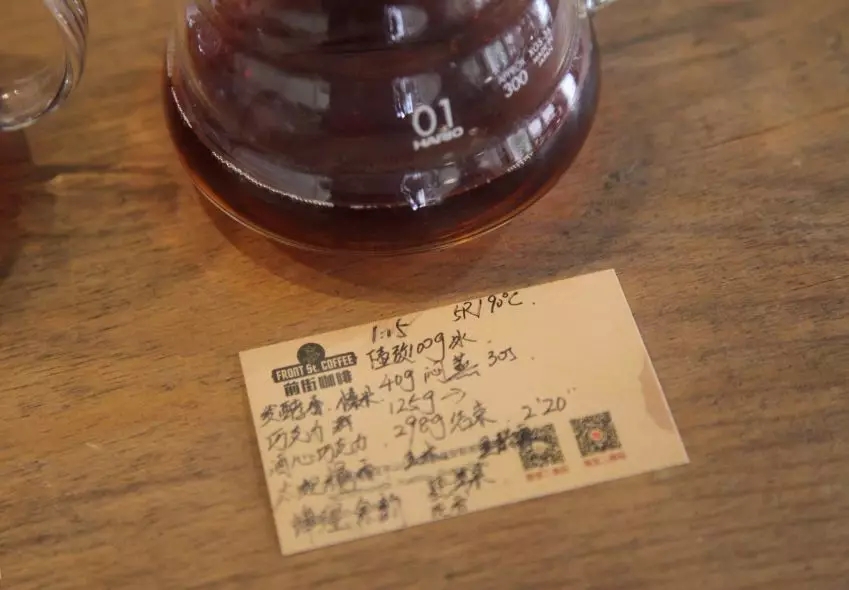
Flavor: it has aromas of fermented, toffee and wine chocolate, with aromas of hazelnut, chocolate, ripe apple, blackcurrant, rice, honey and flowers in the mouth.
| | Summary |
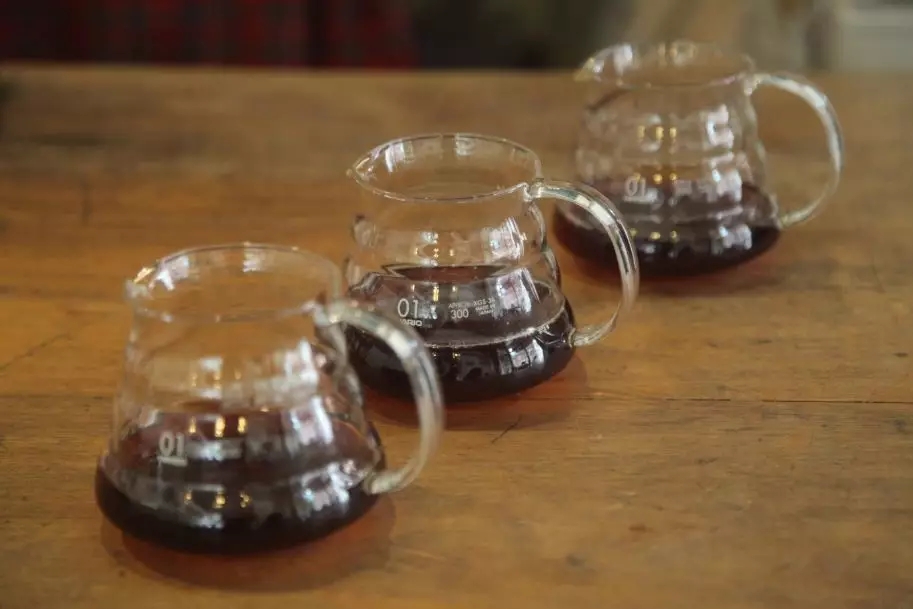
Of the three pots of coffee, only the powder-to-water ratio is 1:10. The ice has not melted after brewing, while the other two pots have completely melted by the end of brewing, so the powder-to-water ratio of 1:10 is the lowest in temperature.
In terms of flavor, because the amount of water injected with powder is less than that at 1:10, the extracted coffee will be stronger, and even after the ice has melted and diluted, the taste will not become too light; powder water than the two pots of coffee at 1:13 and 1:15, the extraction will be relatively complete, you can feel more flavor to drink, but the taste will be lighter (especially when the powder is at 1:15).
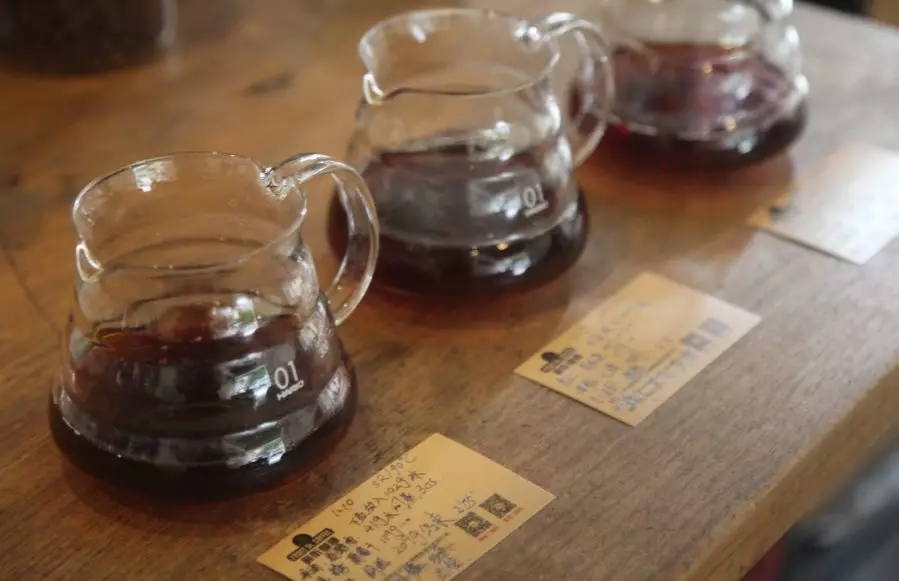
In terms of the integrity of flavor, due to the use of normal hand-brewing parameters, the substance extracted by the ratio of powder to water at 1:10 is not complete, even if the dilution of ice reduces the concentration, the performance of the flavor also has some defects, such as the flavor is too concentrated, the level is not rich enough, the aftertaste and sweet taste are weak, and can not clearly distinguish the flavor of coffee.
The choice of 1:13 and 1:15 powder is more complete than the extracted coffee flavor, but after brewing, the ice has basically melted, the temperature is not low enough, if you want some ice, you have to continue to add ice, but in this way, the powder will become very light compared to 1:15, not very able to taste the flavor.
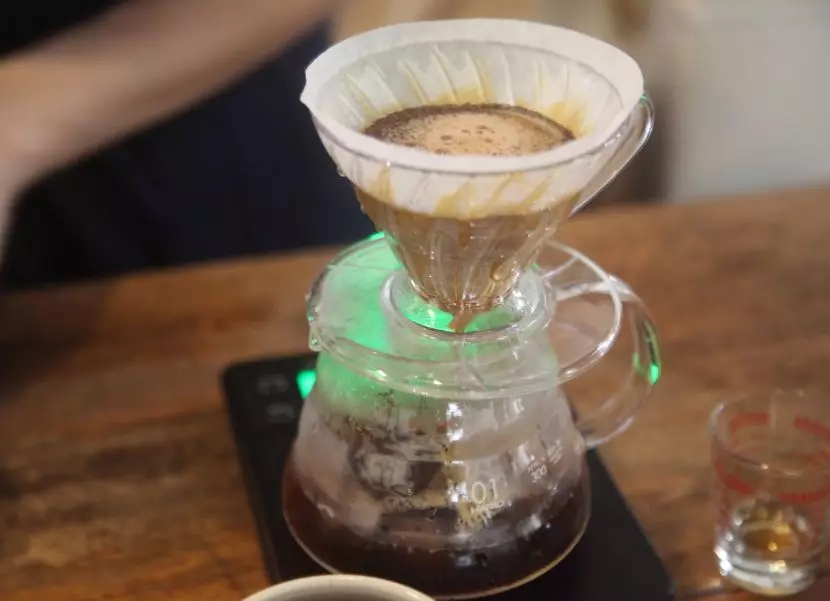
The ratio of powder to water at 1:13 is relatively eclectic, with a medium extraction rate and a medium concentration: the performance in the flavor will be slightly worse and not too complete, but it will not be too rich and make the flavor too thin. nor will it become too light by adding ice cubes.
Ice coffee brewed with the simple idea of hot hand plus ice cubes is slightly inferior in aroma and flavor, and thin in taste and finish compared with serious Japanese ice hand coffee. So the editor thinks: hot hand flushing + ice is not equal to Japanese ice hand flushing. So, in the end, how should Japanese ice hands be cooked? How should the parameters and methods be adjusted? Let's stay and explore again next time.
END
Important Notice :
前街咖啡 FrontStreet Coffee has moved to new addredd:
FrontStreet Coffee Address: 315,Donghua East Road,GuangZhou
Tel:020 38364473
- Prev
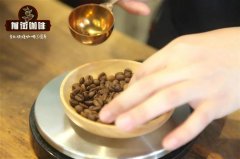
Steaming is a very important link in the process of making hand-brewed coffee.
Professional coffee knowledge exchange more coffee bean information Please pay attention to the coffee workshop (Wechat official account cafe_style) steaming is a very important link in the process of making hand-brewed coffee. Good steaming can fully infiltrate the coffee powder and activate the coffee activity, thus making the coffee extraction process more smooth. The steaming time of hand flushing is related to the degree of baking.
- Next

What details should I pay attention to when making coffee? What are the basic principles?
The six basic principles for making coffee are: 1. Choose high-quality coffee beans: please choose sustainable whole-bean coffee, which will be roasted within a few weeks after picking. And if you want to join the third wave of the coffee renaissance (thirdwave), which is now popular across the United States, choose lightly roasted coffee beans so that you can really taste the unique flavor of coffee. Deep baking
Related
- What is the meaning of lactic acid fermentation with coffee bean treatment?
- How to judge the state of foam by sound?
- How does the latte pull out the unicorn pattern? Come to get for a little trick to improve the flower pull!
- Will flower pulling affect the taste of the latte?
- Do you know the history of coffee?
- The difference between honey treatment and sun washing what is raisin honey treatment?
- What kind of milk can a novice use to make coffee foam to keep the foam longer? The correct method and skills of milking tutorial sharing
- Why do washed coffee beans taste sour? Flavor characteristics of washed Coffee
- Introduction to the skill of how to practice the size and height of water injection around the circle of hand-brewed coffee
- How do beginners practice coffee flower drawing from scratch?

